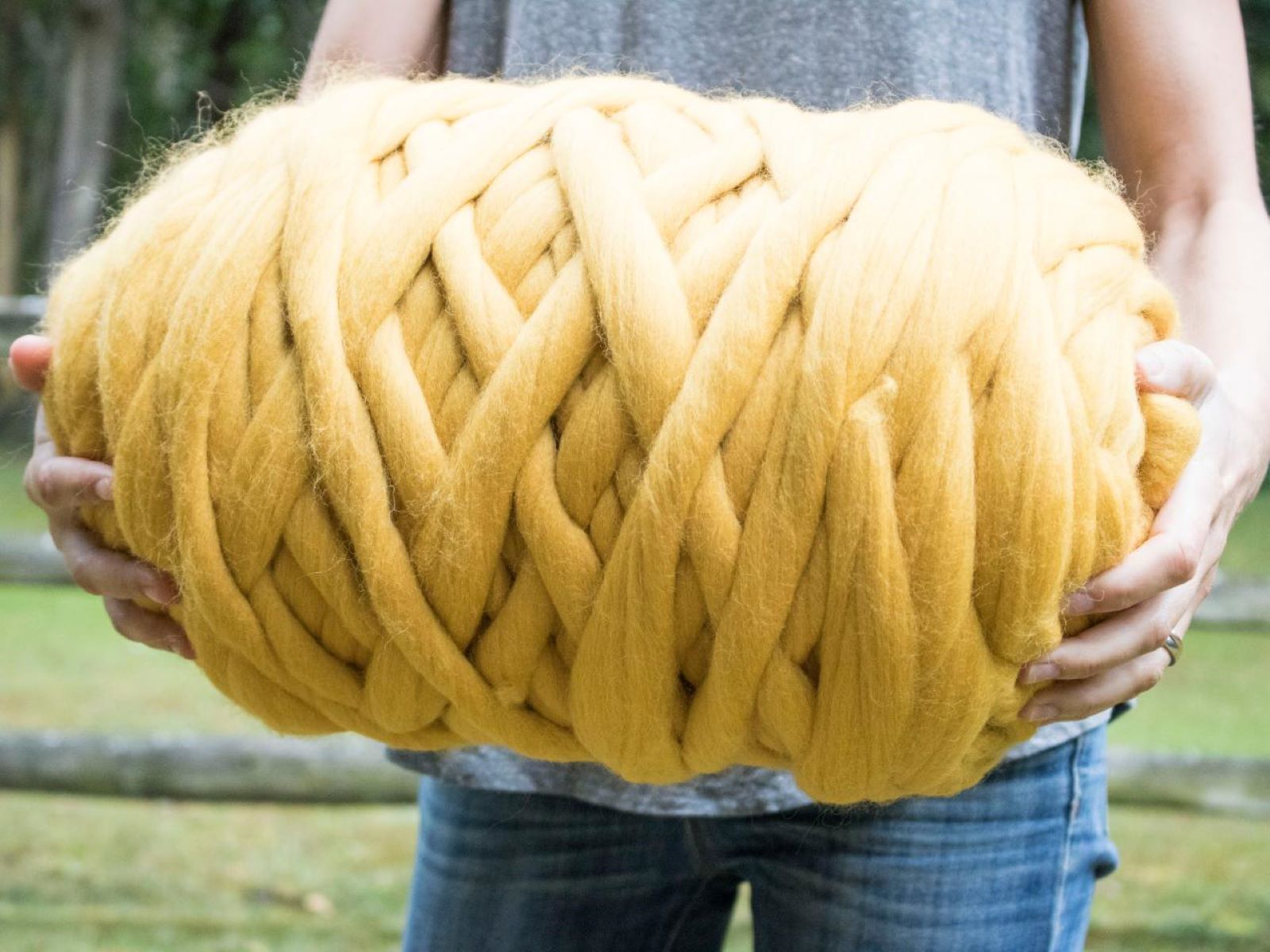

Articles
How Much Yarn Do You Need For A Blanket
Modified: March 24, 2024
Discover the optimal amount of yarn needed for your blanket with our informative articles. Perfect for crafters of all skill levels.
(Many of the links in this article redirect to a specific reviewed product. Your purchase of these products through affiliate links helps to generate commission for Storables.com, at no extra cost. Learn more)
Introduction
When it comes to making a cozy blanket, one of the most common questions that arises is: “How much yarn do you need?” Whether you are a beginner or an experienced knitter or crocheter, knowing how much yarn to purchase can save you from running out in the middle of your project or ending up with excess yarn that goes unused.
There are several factors to consider when determining the amount of yarn needed for a blanket. The size of the blanket, the weight of the yarn, and the tension or gauge of your stitches all play a role in calculating the yarn requirements. In this article, we will explore these factors and provide you with two methods for calculating the amount of yarn needed for your next blanket project.
By understanding these considerations and having a clear plan, you can confidently embark on your blanket-making journey, ensuring you have just the right amount of yarn to create a beautiful and snug blanket.
Key Takeaways:
- Plan your blanket project with confidence by considering factors like size, yarn weight, and gauge to accurately estimate the amount of yarn needed. Use a yarn calculator or calculate manually for a stress-free crafting experience.
- Whether using a yarn calculator or calculating manually, always have extra yarn on hand to accommodate variations in tension, stitch patterns, and unforeseen circumstances. Enjoy your blanket-making journey with the perfect amount of yarn.
Factors to Consider
When determining how much yarn you will need for a blanket, there are a few key factors to consider:
- Blanket Size: The size of your blanket will greatly influence the amount of yarn required. A small baby blanket will obviously require less yarn compared to a large throw blanket or a king-sized bedspread. Take into account the dimensions of your desired blanket, including the length and width, to estimate the necessary yardage.
- Yarn Weight: The weight or thickness of the yarn is another important factor in determining yarn requirements. Yarns are typically categorized into different weights, such as lace, fingering, DK, worsted, and bulky. Each weight has a specific number of wraps per inch (WPI) that affects how much yarn is needed to cover a certain area. Heavier weights generally require more yarn compared to lighter weights.
- Gauge: The tension or gauge at which you knit or crochet also impacts the amount of yarn needed. Your chosen pattern or stitch may specify a certain gauge, which refers to the number of stitches and rows per inch. If your tension is tighter than the recommended gauge, you will use more yarn, while a looser tension will require less yarn. Keep in mind that achieving the correct gauge is crucial for a well-fitted and evenly stitched blanket.
These factors, along with your personal stitching style, can significantly affect the amount of yarn needed for your project. It’s important to take these variables into consideration to avoid any surprises and ensure you have enough yarn to complete your blanket.
Blanket Size
The size of the blanket is a crucial factor in determining the amount of yarn you will need. The dimensions of your desired blanket will directly impact the yardage required for your project. Here are a few common blanket sizes and their approximate yarn requirements:
- Baby Blanket: A typical baby blanket size is around 30 x 40 inches (76 x 102 cm). For a blanket of this size, you will generally need around 800 to 1,000 yards (732 to 914 meters) of yarn.
- Throw Blanket: A throw blanket is typically larger, measuring approximately 50 x 60 inches (127 x 152 cm). To make a throw blanket, you will usually require around 1,800 to 2,500 yards (1,646 to 2,286 meters) of yarn.
- Twin Size Blanket: A twin size blanket measures about 66 x 90 inches (168 x 229 cm). For a blanket of this size, you will likely need around 3,500 to 4,500 yards (3,200 to 4,115 meters) of yarn.
- Full/Queen Size Blanket: A full or queen size blanket typically measures about 90 x 90 inches (229 x 229 cm). To create a blanket of this size, you may require around 5,500 to 7,000 yards (5,029 to 6,403 meters) of yarn.
- King Size Blanket: A king size blanket is the largest, with dimensions of approximately 108 x 90 inches (274 x 229 cm). For a blanket of this size, you will generally need around 6,500 to 8,000 yards (5,945 to 7,315 meters) of yarn.
Please note that these are approximate yarn requirements and can vary based on factors such as stitch pattern, yarn weight, and tension. It’s always a good idea to have some extra yarn on hand to account for differences in gauge or any unforeseen changes in your project.
Next, let’s explore how the weight of the yarn can affect the amount needed for your blanket.
Yarn Weight
The weight or thickness of the yarn you choose for your blanket also plays a significant role in determining the amount of yarn needed. Yarns are categorized into different weights, which are a standardized way of classifying their thickness. The weight of the yarn will affect the yardage required to complete your project.
Yarn weights typically range from lace or super fine to super bulky. Here is a breakdown of the common yarn weights and their approximate yardage requirements for a blanket:
- Lace or Super Fine: This is the thinnest yarn weight, often used for delicate lacework. It requires more yardage to cover the same area compared to heavier weights. For a lace-weight blanket, you may need around 2,500 to 3,500 yards (2,286 to 3,200 meters) of yarn.
- Fingering or Sock Weight: Fingering weight yarn is slightly thicker than lace weight and is often used for lightweight garments and accessories. For a blanket made with fingering weight yarn, you will typically require around 2,000 to 3,000 yards (1,829 to 2,743 meters) of yarn.
- DK or Light Worsted: DK (double knitting) weight yarn is a popular choice for a variety of projects, including blankets. For a blanket made with DK weight yarn, you might need around 1,500 to 2,500 yards (1,372 to 2,286 meters) of yarn.
- Worsted or Aran: Worsted weight yarn is a versatile choice and is widely used for blankets due to its balanced thickness. For a blanket made with worsted weight yarn, you will generally require around 1,000 to 2,000 yards (914 to 1,829 meters) of yarn.
- Bulky: Bulky weight yarn is thicker and can create a cozy and chunky blanket. For a bulky weight blanket, you may need around 800 to 1,500 yards (732 to 1,372 meters) of yarn.
- Super Bulky: Super bulky weight yarn is the thickest option and creates a warm and quick project. For a super bulky weight blanket, you will typically require around 600 to 1,200 yards (549 to 1,097 meters) of yarn.
Remember, these are just approximate estimates, and the actual yardage needed can vary depending on your stitch pattern, tension, and other factors. It is always advisable to refer to the yarn label for specific yardage recommendations and consult your pattern, if using one, for any additional guidance.
In the next section, we will explore how to calculate yarn requirements based on the gauge of your stitches.
Gauge
The gauge of your stitches refers to the number of stitches and rows per inch that you achieve with your chosen yarn and needle or hook size. Your gauge can significantly impact the amount of yarn needed for your blanket project.
Different individuals may have slightly different tension or handiwork, resulting in variations in gauge. It’s important to pay attention to the recommended gauge specified in your pattern or adjust your tension accordingly if you are not following a specific pattern.
If your stitches are tighter or smaller than the recommended gauge, you will use more yarn to cover the same area. On the other hand, if your stitches are looser or larger, you will require less yarn. It’s essential to create a swatch and measure it to determine your own gauge before starting your blanket project.
Here’s how to determine your gauge:
- Choose Your Yarn: Select the yarn you intend to use for your blanket project.
- Select Your Needle or Hook Size: Use the needle or hook size recommended on the yarn label or the size that gives you a comfortable fabric texture.
- Create a Swatch: Cast on or chain a few more stitches than the recommended gauge suggests. Work in the chosen stitch pattern for a few inches (at least 4 inches or 10 cm) with your selected yarn and needle or hook.
- Measure Your Swatch: Lay your swatch flat on a table or surface. Using a ruler or measuring tape, count the number of stitches and rows within a 1-inch or 4-inch (2.5 cm or 10 cm) area. This will give you your stitch and row gauge.
If your gauge matches the recommended gauge in your pattern, you can proceed with confidence, knowing that you will use a similar amount of yarn as indicated. However, if your gauge differs, you will need to adjust your yarn requirements accordingly. For example, if your stitches are tighter, you will need to calculate for additional yarn, while looser stitches will require less yarn.
Now that we understand the importance of gauge in determining yarn requirements, let’s move on to calculating the amount of yarn needed for your blanket project using two different methods.
Read more: How Much Yarn Do I Need To Crochet A Blanket
Calculating Yarn Requirements
Now that we have discussed the factors that influence the amount of yarn needed for a blanket, let’s explore two methods for calculating the yarn requirements: using a yarn calculator and calculating manually.
Method 1: Using a Yarn Calculator
One of the easiest and most convenient ways to calculate yarn requirements is by using an online yarn calculator. These calculators allow you to input information such as the blanket size, yarn weight, and gauge to determine the approximate yardage needed.
To use a yarn calculator, follow these steps:
- Search for an online yarn calculator or use a popular crafting website that offers this tool.
- Enter the required information, including the desired blanket size, yarn weight, and your gauge.
- Click on the calculate button, and the yarn calculator will provide you with an estimate of the yardage needed for your project.
Keep in mind that the results from a yarn calculator are approximate and can vary based on factors such as stitch pattern and individual tension. It’s always a good idea to have extra yarn on hand to ensure you have enough for your blanket.
Method 2: Calculating Manually
If you prefer to calculate the yarn requirements manually, you can follow these steps:
- Estimate the desired blanket size in inches or centimeters, considering both the width and length.
- Check the ball band or yarn label for the approximate yardage per ball or skein of the chosen yarn.
- Determine your gauge by creating a swatch as explained earlier.
- Multiply the number of stitches per inch by the width of the blanket to get the total stitch count for the width.
- Multiply the number of rows per inch by the length of the blanket to get the total row count.
- Calculate the total number of stitches by multiplying the total stitch count by the total row count.
- Divide the total number of stitches by the estimated number of stitches per yard or meter from the yarn label. This will give you the approximate yardage needed.
Remember, this method provides an estimate, and actual yardage may vary based on your stitching tension and other factors. It’s always a good idea to have extra yarn on hand to account for any variations or unforeseen circumstances.
By using either a yarn calculator or the manual calculation method, you can determine the approximate amount of yarn needed for a blanket project. Take into account the specific requirements of your chosen pattern and adjust accordingly.
Now that we have covered the methods to calculate yarn requirements, let’s conclude our discussion.
When calculating how much yarn you need for a blanket, consider the size of the blanket, the weight of the yarn, and the stitch pattern. Use a yarn calculator or consult a pattern for guidance.
Method 1: Using a Yarn Calculator
One of the easiest and most convenient ways to calculate yarn requirements for your blanket project is by using a yarn calculator. These online tools are designed to help you estimate the amount of yarn needed based on various factors such as blanket size, yarn weight, and gauge.
To use a yarn calculator, follow these steps:
- Search for a Yarn Calculator: Open your preferred search engine and look for “yarn calculator” or visit a popular crafting website that offers this tool.
- Enter the Required Information: Once you’ve found a yarn calculator, enter the details it asks for. This typically includes the desired blanket size, yarn weight or thickness, and your gauge.
- Click Calculate: After inputting the necessary information, click on the calculate or estimate button provided by the yarn calculator.
- Review the Results: The yarn calculator will then generate an estimate of the yardage or number of skeins/balls of yarn needed for your specific blanket project. This estimate takes into consideration the factors you provided, making it a convenient and reliable method for determining yarn requirements.
It’s important to note that yarn calculators are designed to provide an approximate yardage or number of skeins/balls needed based on general assumptions. The results may vary depending on your individual stitching tension, the stitch pattern you choose, and other factors specific to your project. It’s always a good idea to have some extra yarn on hand just in case.
Using a yarn calculator can save you time and effort in manually calculating yarn requirements, especially if you’re working on a complex pattern or have limited experience with calculating yarn needs. It provides a quick and convenient way to estimate the amount of yarn needed for your blanket project, helping you plan your materials accordingly.
Now that you understand how to use a yarn calculator, let’s explore the second method for manually calculating yarn requirements for your blanket project.
Read more: How Much Yarn For A Twin Size Blanket
Method 2: Calculating Manually
If you prefer to calculate yarn requirements manually, you can follow these steps to estimate the amount of yarn needed for your blanket project:
- Determine the Blanket Size: Decide on the desired dimensions of your blanket, considering both the width and length. Measure in inches or centimeters to have consistent units for calculations.
- Check Yarn Label Information: Look for the information on the yarn label regarding the yardage or meterage per skein or ball of yarn. This will help you know how much yardage you have per unit of yarn.
- Calculate Gauge: Create a swatch using your chosen yarn and the stitch pattern you plan to use. Measure the number of stitches and rows within a set measurement, such as 4 inches or 10 centimeters. This will give you an average stitch and row gauge per inch or centimeter.
- Calculate Total Stitches: Multiply the average number of stitches per inch or centimeter by the desired width of your blanket. This will give you the total number of stitches needed for the width.
- Calculate Total Rows: Multiply the average number of rows per inch or centimeter by the desired length of your blanket. This will give you the total number of rows needed.
- Calculate Total Stitches and Rows: Multiply the total number of stitches by the total number of rows. This will give you the total number of stitches and rows required for your entire blanket.
- Calculate Yardage: Divide the total number of stitches and rows by the estimated number of stitches and rows per yard or meter, indicated on the yarn label. This will give you an approximate yardage or meterage required for your blanket.
Keep in mind that this is an estimate, and the actual yardage needed may vary depending on your stitching tension, the stitch pattern used, and other factors specific to your project. It is always wise to have extra yarn available to account for any variations or unforeseen circumstances.
Calculating yarn requirements manually allows you to have a better understanding of how the specific factors and measurements of your blanket project contribute to the overall yardage needed. It also gives you more control and flexibility in adjusting the calculations based on your unique circumstances and preferences.
Now that you have learned how to calculate yarn requirements manually, you can confidently plan and purchase the right amount of yarn for your blanket project.
Conclusion
When embarking on a blanket-making project, knowing how much yarn you will need is essential to ensure a successful and enjoyable crafting experience. By considering factors such as blanket size, yarn weight, and gauge, you can accurately estimate the amount of yarn needed for your specific project.
There are two main methods for calculating yarn requirements: using a yarn calculator or calculating manually. Using a yarn calculator offers convenience and ease, as it takes into account various factors and provides an estimate based on the information you input. On the other hand, calculating manually allows for a more personalized approach, taking into consideration your specific stitch tension and chosen stitch pattern.
Whichever method you choose, it’s important to remember that these calculations provide an approximate yardage or number of skeins required. Individual variations in tension, stitch pattern complexity, and personal preferences can affect the actual amount of yarn needed.
To ensure you have enough yarn for your blanket project, it is always wise to err on the side of caution and have extra yarn on hand. This allows for flexibility and mitigates the risk of running out of yarn or discontinuation of the yarn dye lot.
By taking the time to calculate and estimate your yarn requirements accurately, you can enjoy a stress-free and uninterrupted blanket-making process. Whether you’re knitting or crocheting, having just the right amount of yarn ensures you can focus on creating a cozy and beautiful blanket that will be cherished for years to come.
So grab your needles or hooks, unleash your creativity, and dive into your next blanket project with confidence, knowing that you have the knowledge and tools to determine the perfect amount of yarn needed for your masterpiece.
Frequently Asked Questions about How Much Yarn Do You Need For A Blanket
Was this page helpful?
At Storables.com, we guarantee accurate and reliable information. Our content, validated by Expert Board Contributors, is crafted following stringent Editorial Policies. We're committed to providing you with well-researched, expert-backed insights for all your informational needs.
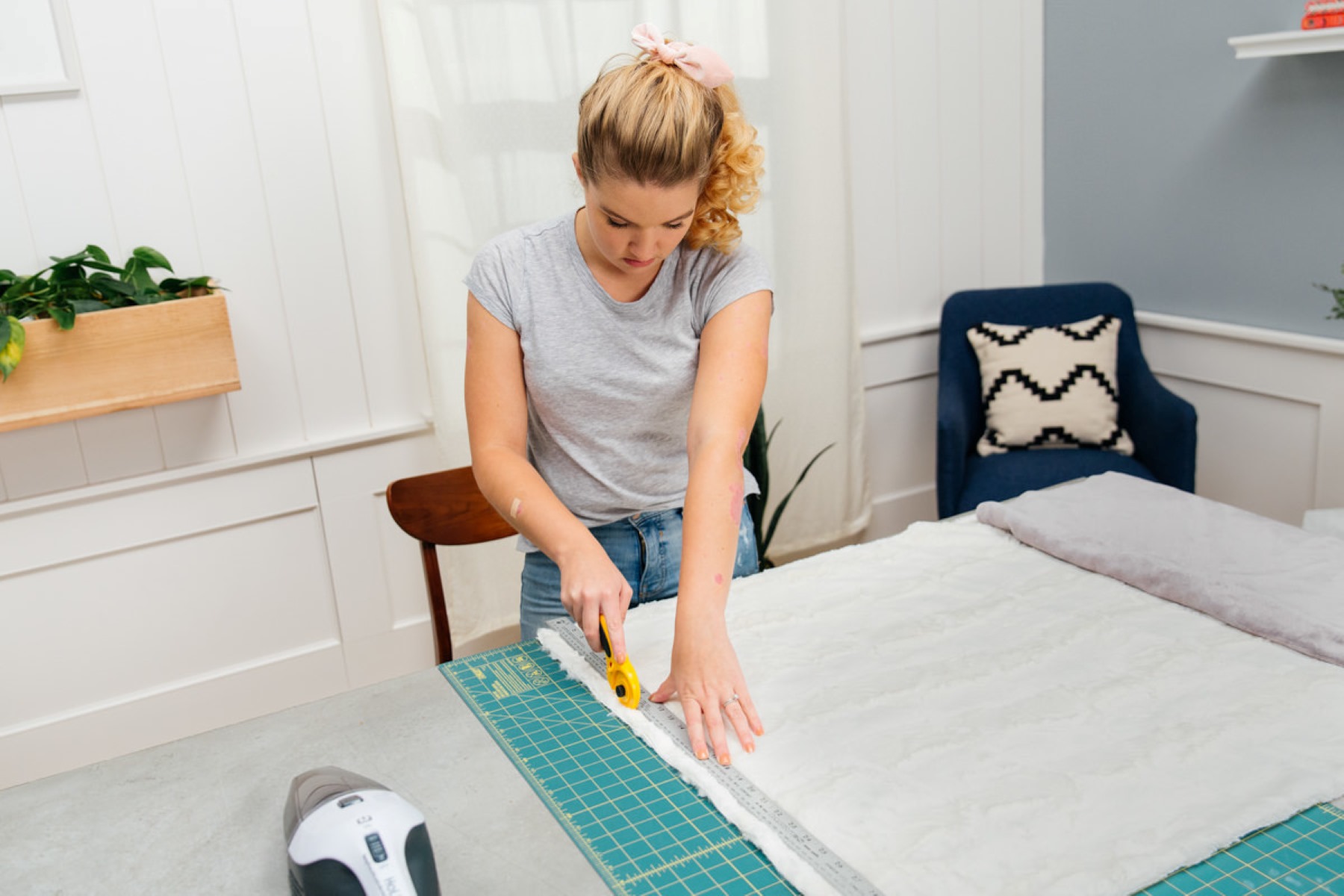


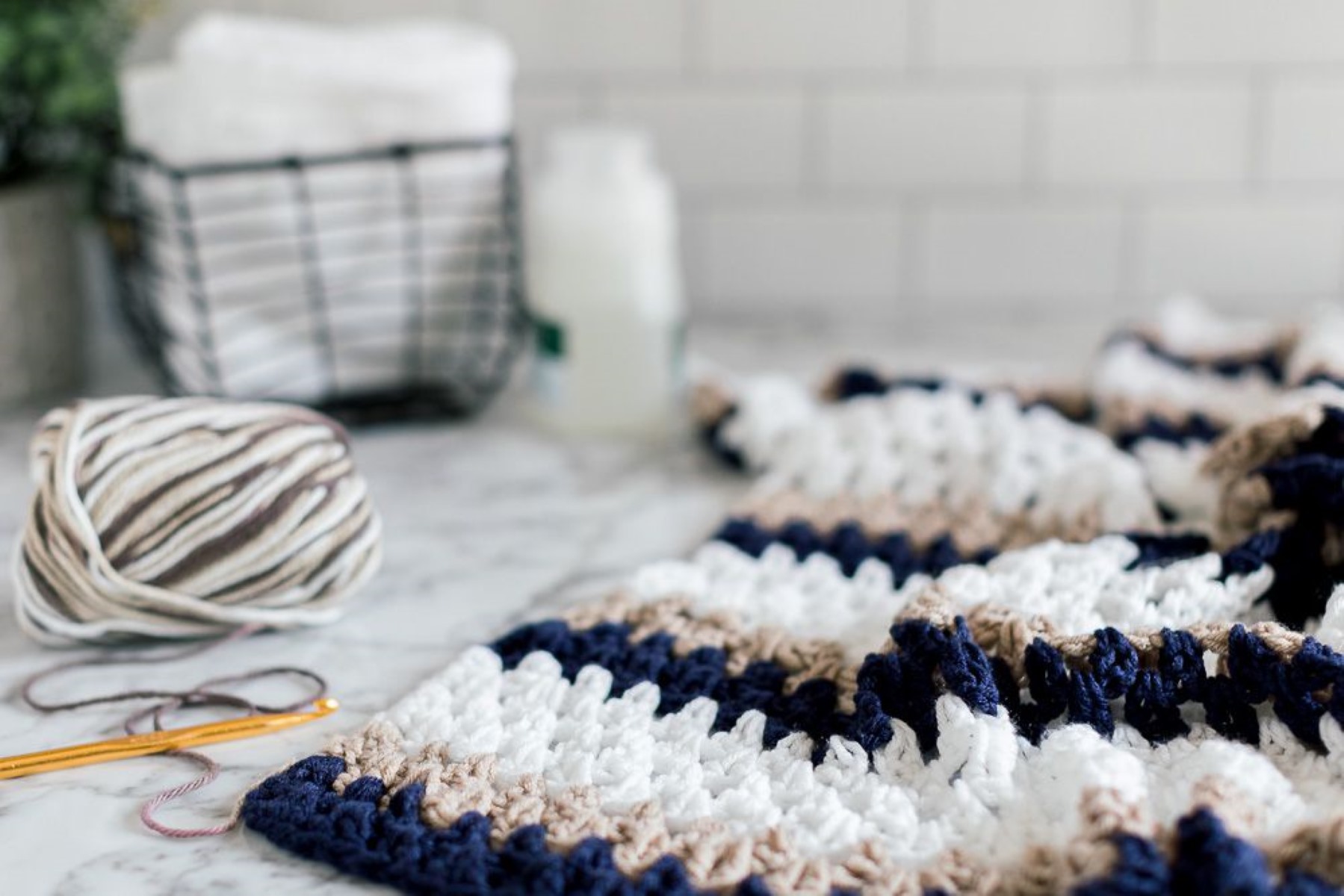
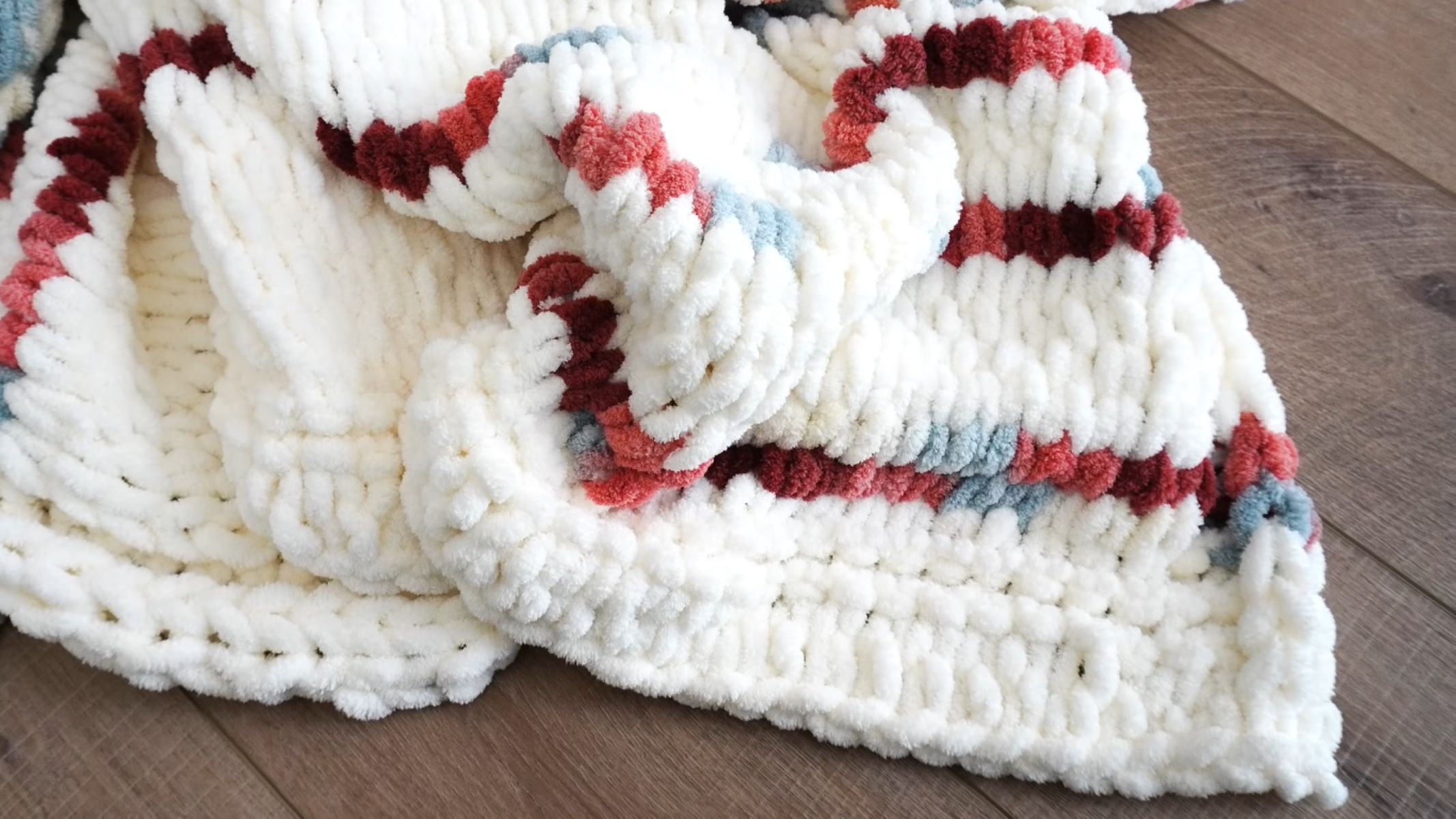
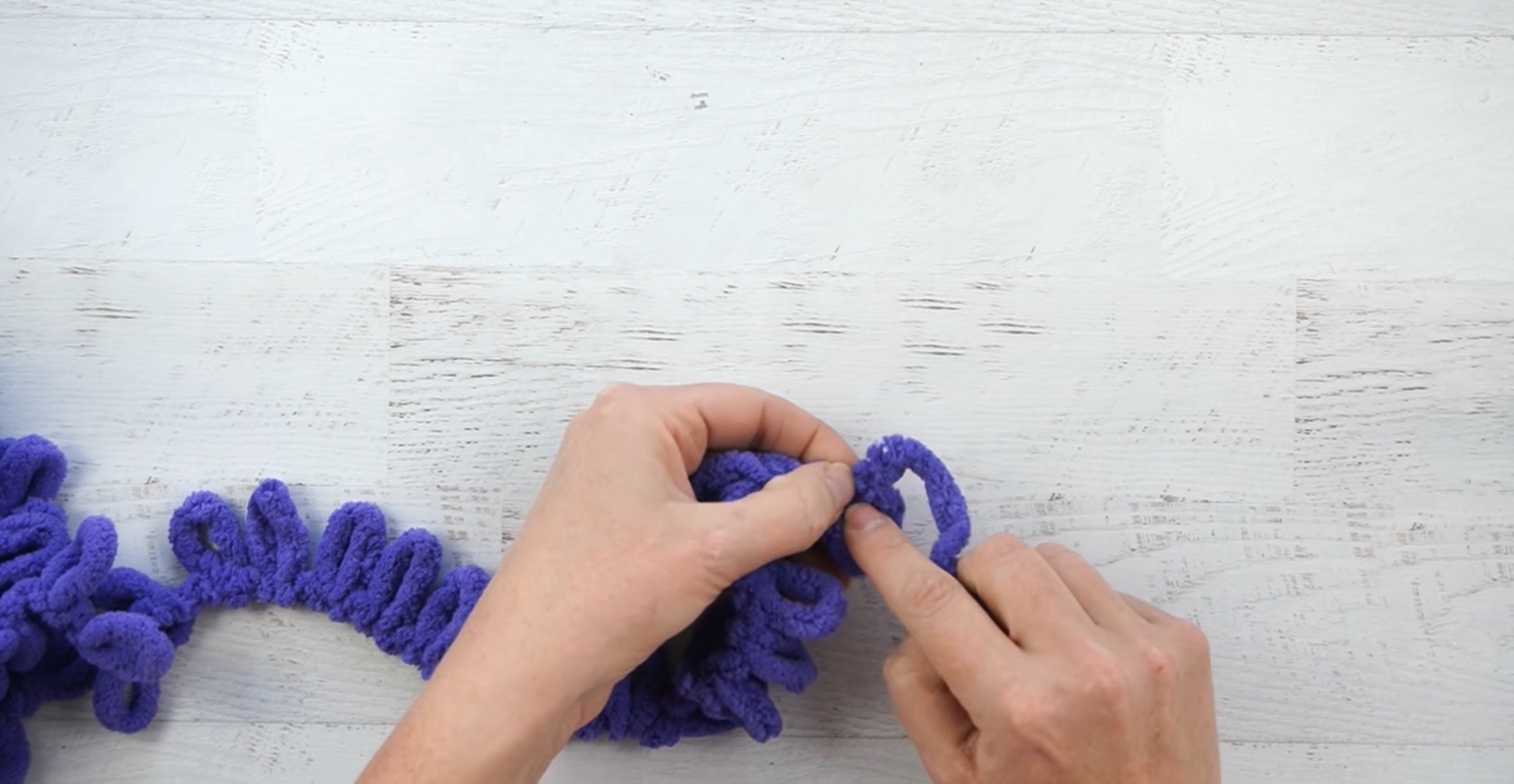
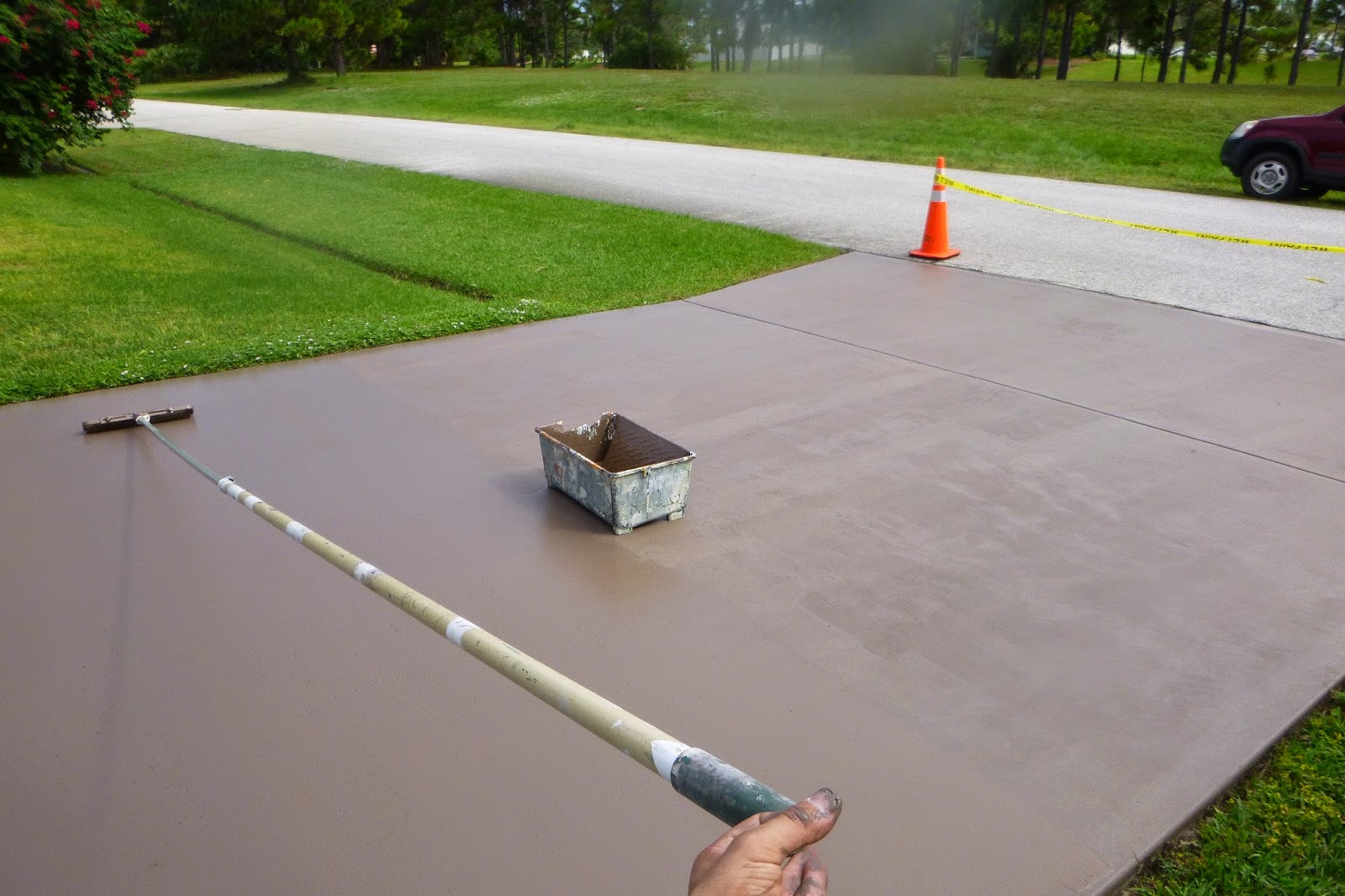
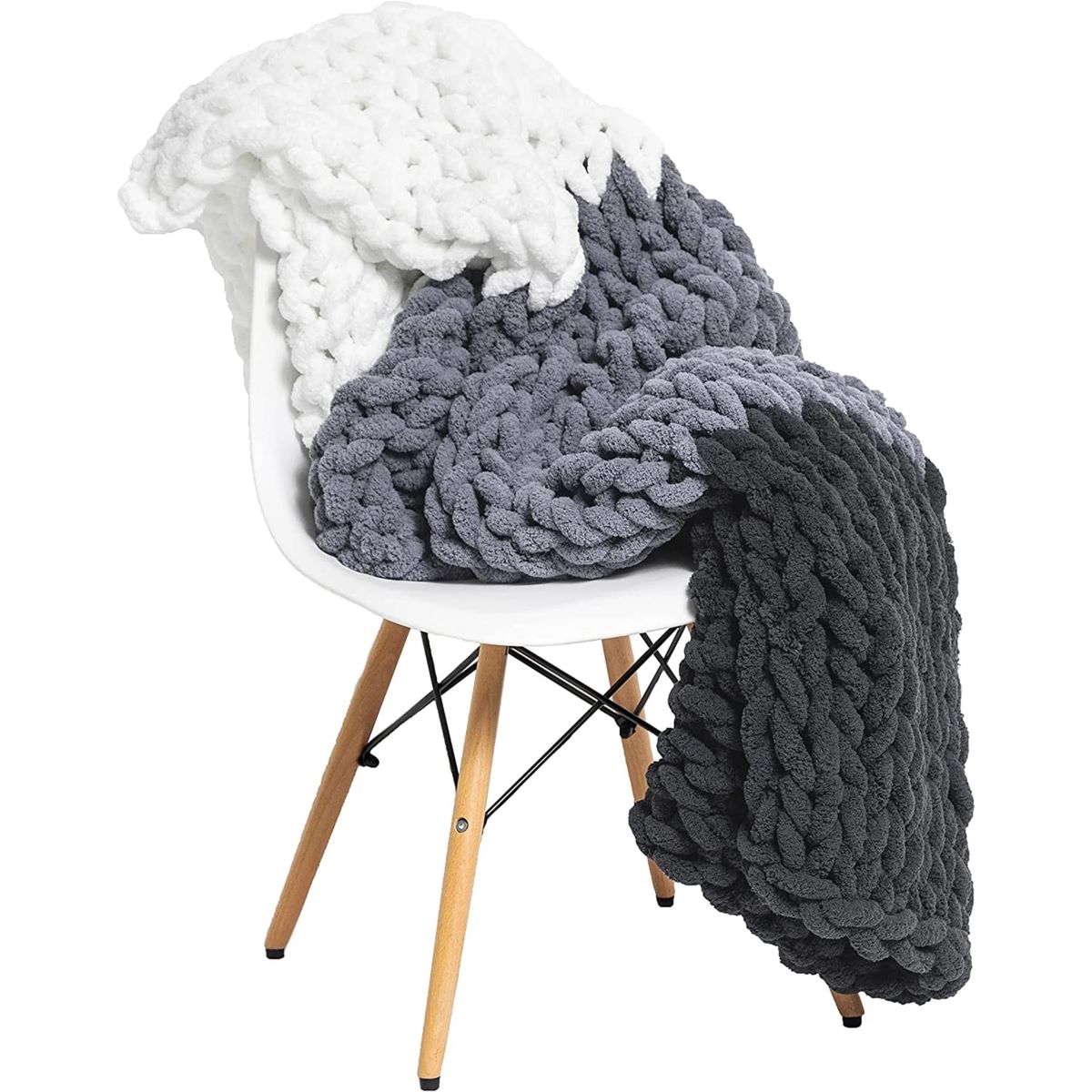
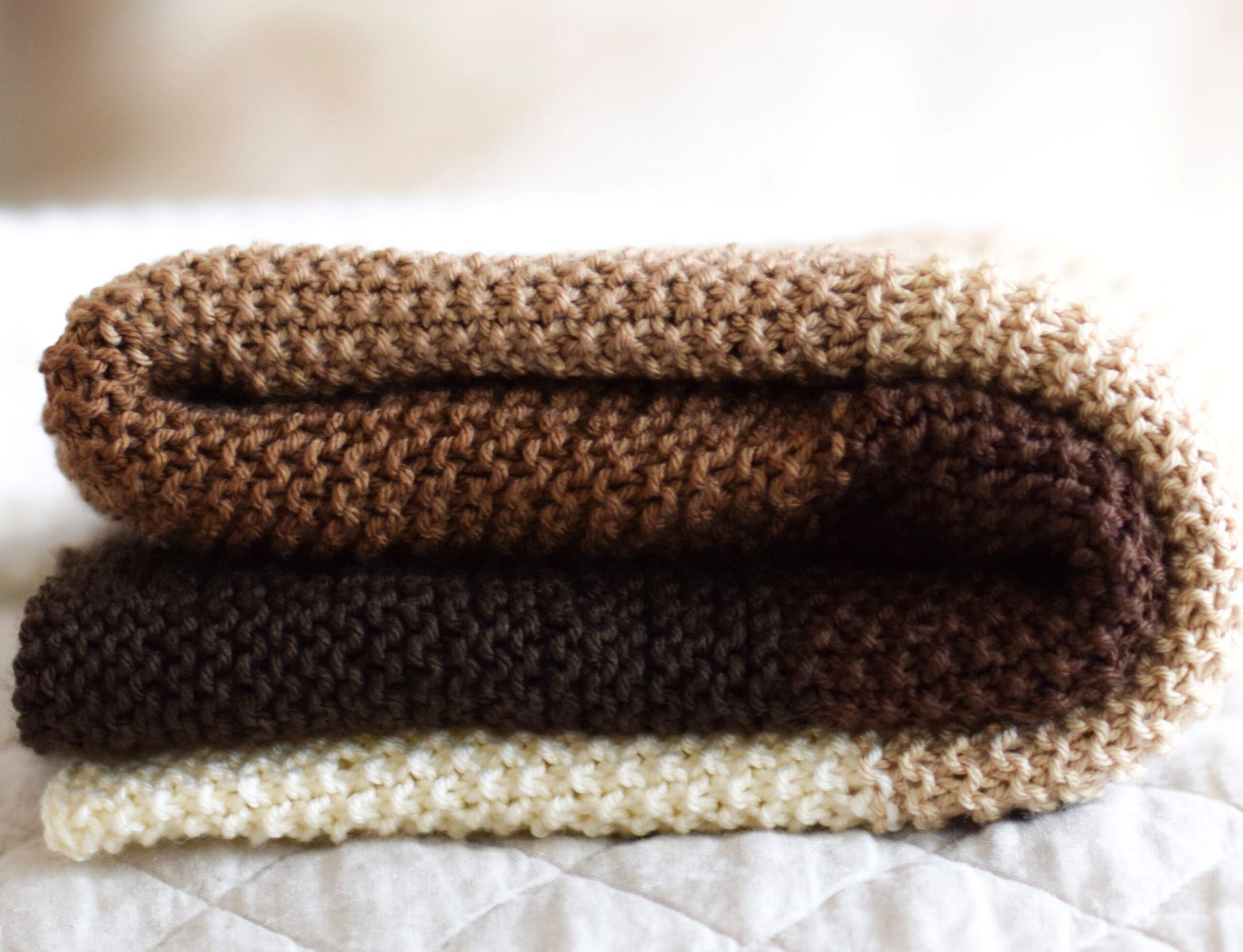
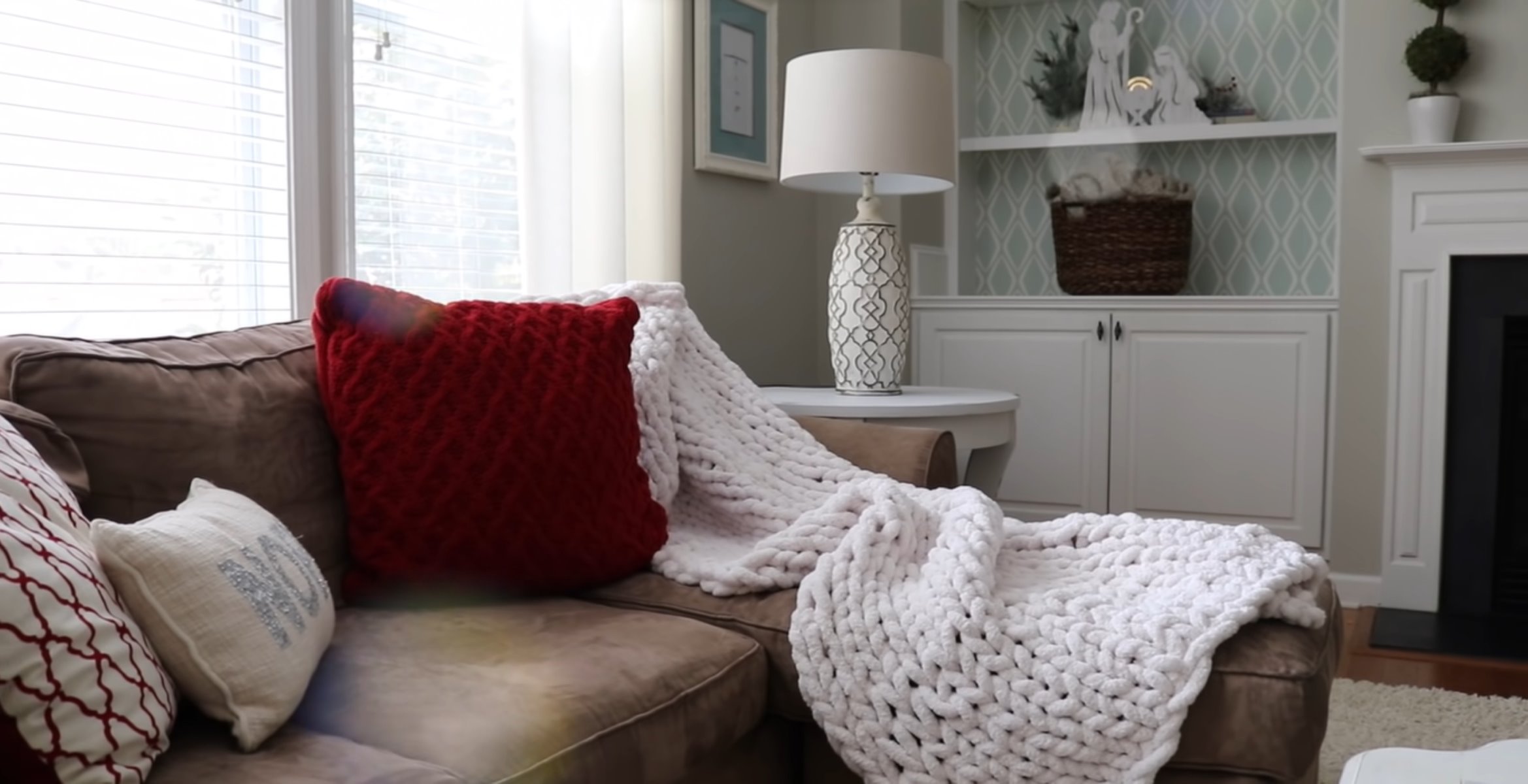
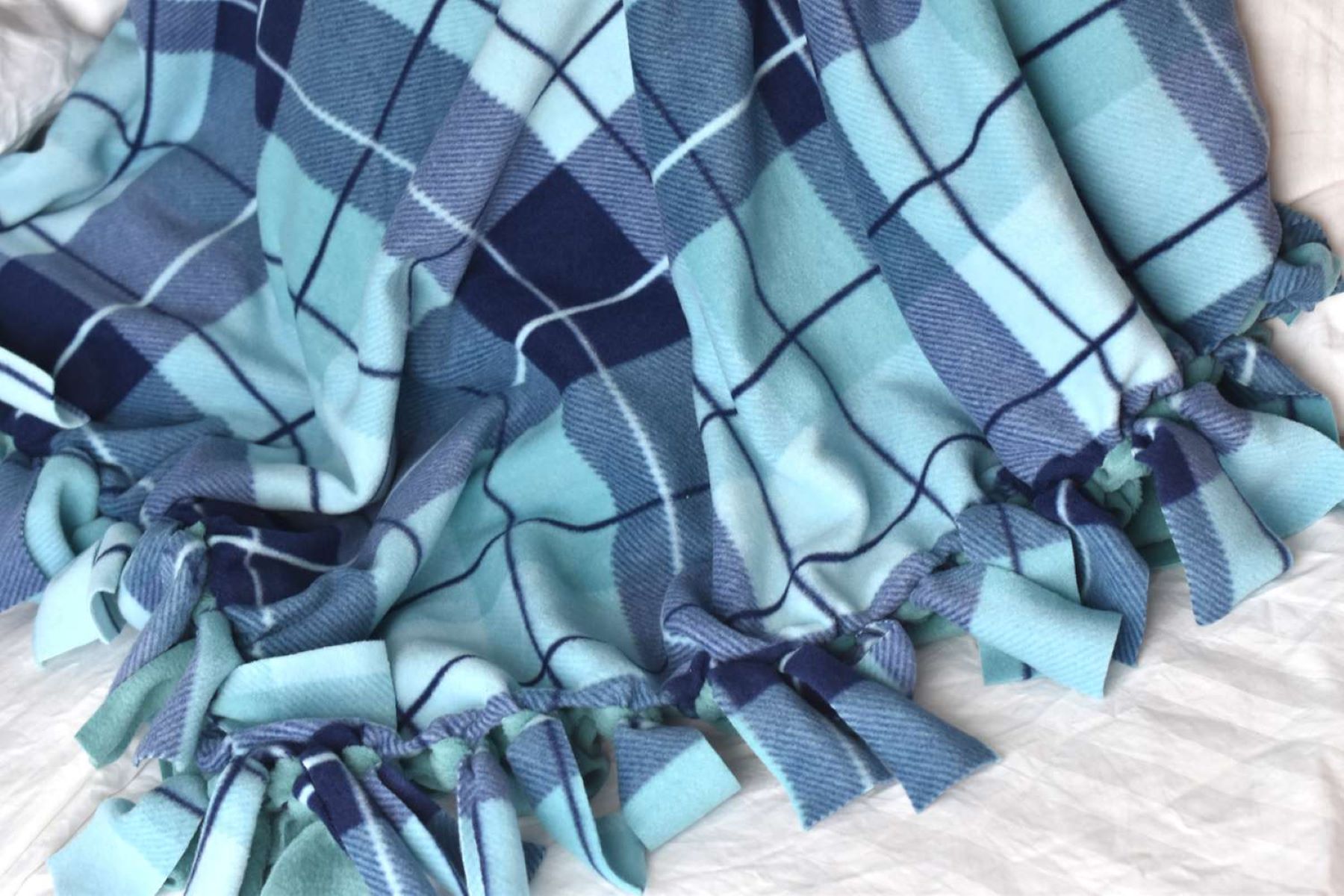

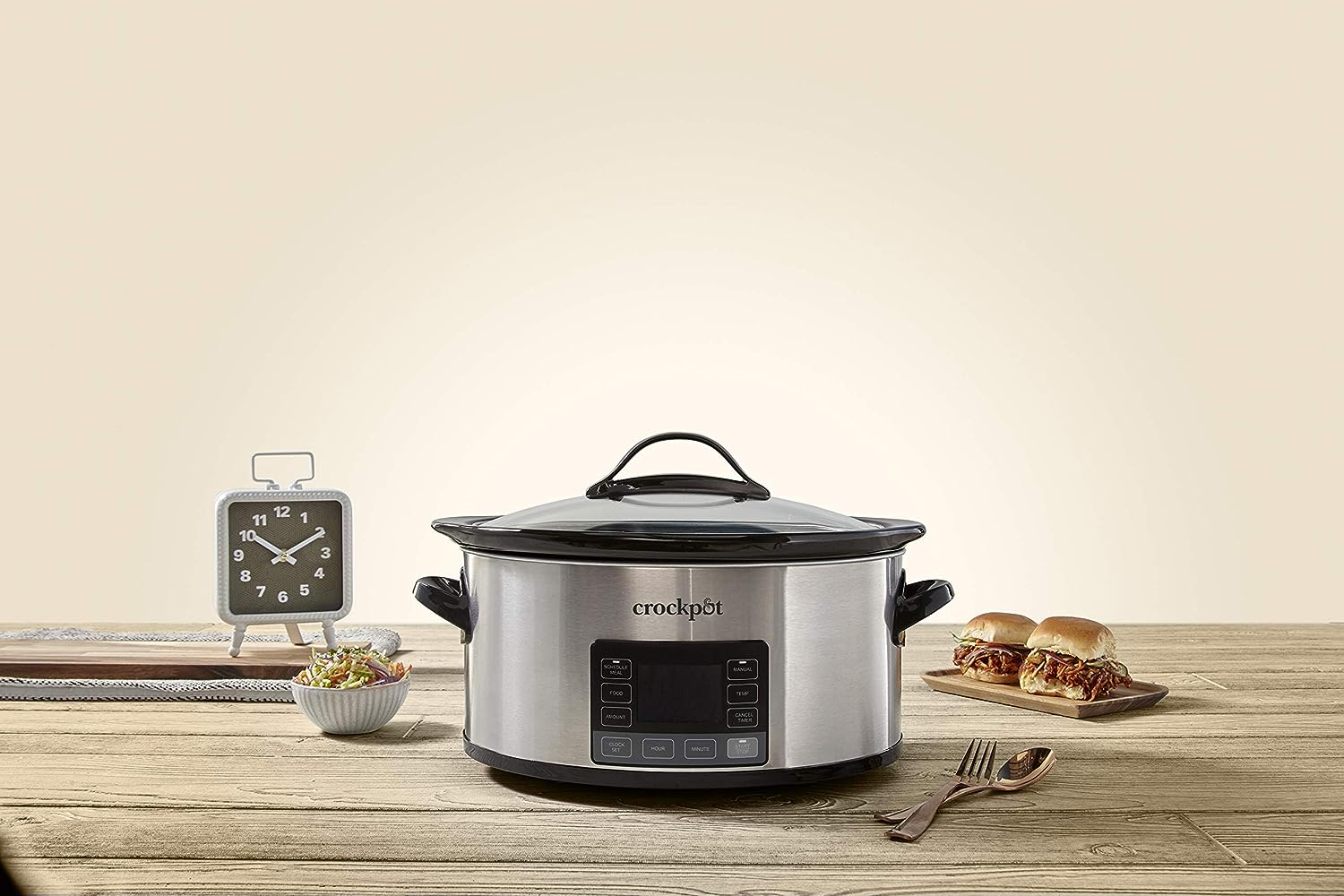

0 thoughts on “How Much Yarn Do You Need For A Blanket”